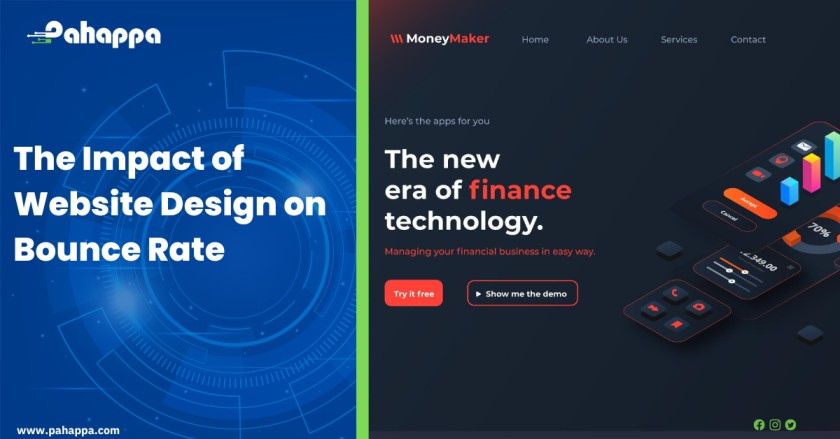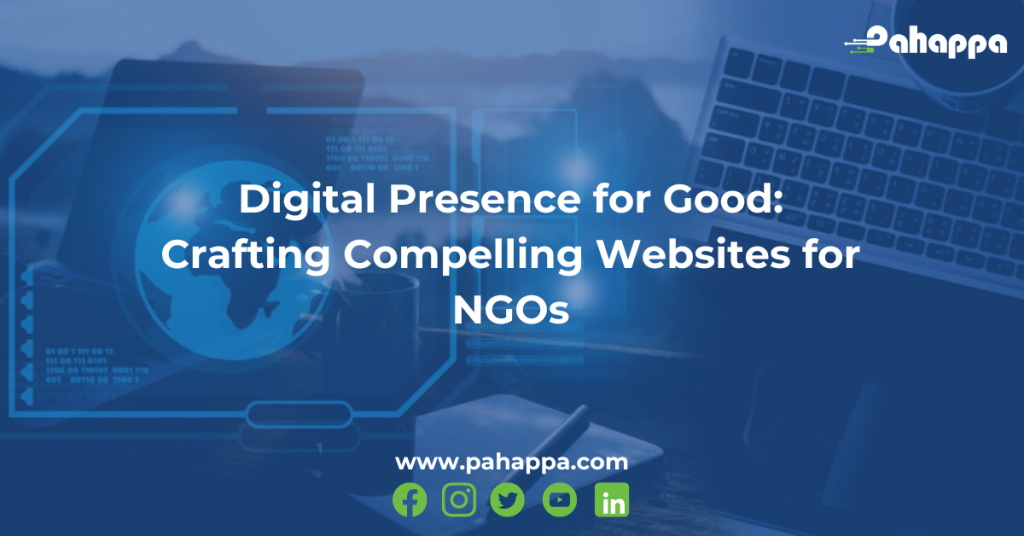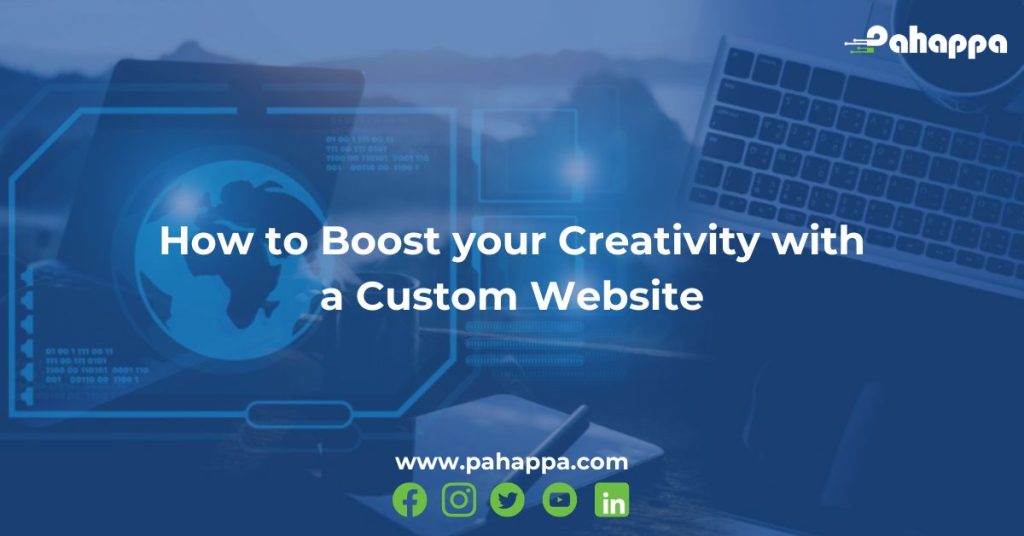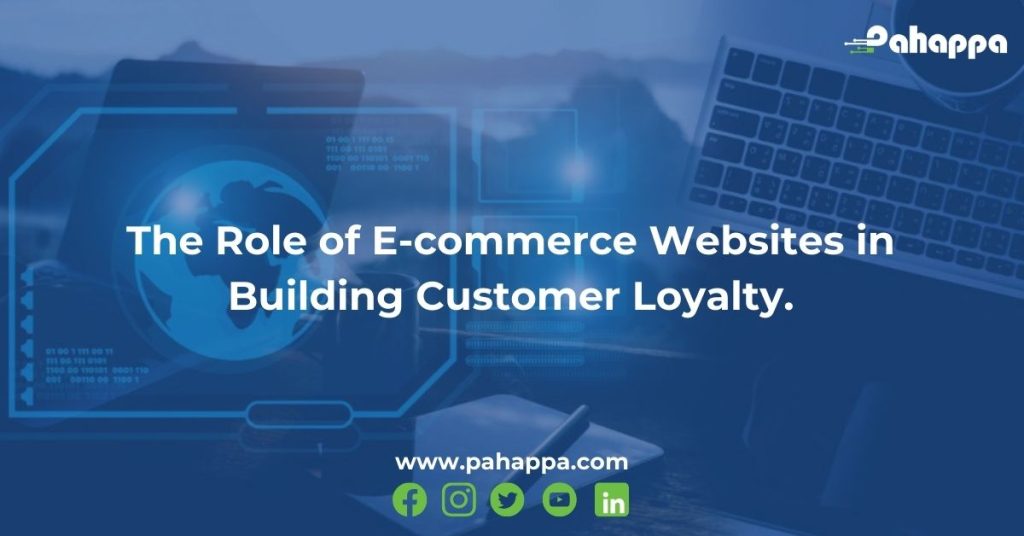When it comes to creating a successful website, there are many factors to consider. One of the most important is the design of the website itself, which can have a significant impact on the bounce rate. A website’s bounce rate measures the percentage of visitors who leave the site after viewing only one page. In this article, we will explore the impact of website design on bounce rate and discuss ways to improve the user experience for your visitors.
What is the Bounce Rate in Website Design?
The percentage of website visitors who leave a website after merely reading one page, without taking any further action or interacting with the site in any manner, is referred to as the bounce rate in website design. This indicates that users “bounce” from the website after viewing just one page, not browsing the other pages or taking an interest in the content.
A website’s high bounce rate may be a sign of a wide range of issues, such as a bad user experience, unclear or irrelevant information, slow page load times, or ineffective calls to action while a low bounce rate often shows that users are interested in the website and are more likely to browse its pages and complete desired actions, like making a purchase or completing a form.
The success of a website’s design and content can be assessed by paying attention to its bounce rate, which is essential for website owners and designers. By identifying the reasons for a high bounce rate and taking action to improve the user experience and engagement, website owners can improve the likelihood of retaining visitors and attaining their desired goals.
Ways in which Website Design can impact Bounce Rate
Navigation
Website navigation should be straightforward and simple to use. Users can locate what they are looking for on a website more quickly with the help of a clear and reliable navigation system. It’s important to verify that the navigation menu is accessible from every website page and that the menu items are clear and descriptive.
Load time
Users’ expectations for websites include fast loading times, and a slow-loading website may see a high bounce rate. It’s essential to optimize pictures, limit the use of plugins and widgets, and utilize a content delivery network (CDN) to speed the delivery of website content in order to reduce load time.
Mobile Optimization
A website should be optimized for mobile use because more and more people are accessing websites through their mobile devices. A website that is mobile-friendly must include content that is simple and to the point, with simple navigation. It should also be tailored to fit smaller displays.
Content
A website’s content should be understandable, clear, and relevant to the user’s search query. Employ headers, subheadings, and bullet points to break up text and make it easier to read because users scan websites’ content. The content should also be updated frequently to keep users interested and informed.
Page layout
The layout of a website should be clear and easy to follow. A good page layout should make it easy for users to find what they are looking for without having to scroll through long pages or click through multiple links. Consider using a grid-based layout to organize content and ensure that the most important information is displayed prominently.
Calls to Action
A website should feature calls to action that are clear and urge users to take action. A link leading readers to another page on the website is an example of a call to action. Another example would be a button urging users to purchase something or sign up for a newsletter. It’s essential to ensure that the calls to action are clear, simple to identify, and relevant to the needs and interests of the user.
Pop-ups
Although they can be a useful tool for gathering leads, pop-ups can also be annoying to users. Consider employing exit-intent pop-ups, which appear when a user is about to leave the website and make sure the pop-ups are related to the users’ needs in order to use pop-ups effectively. Slide-ins or banner advertising are other options for attracting users’ attention while being less obtrusive.
Remember, First impressions matter, especially when it comes to websites. By investing in website development, businesses can create websites that not only meet the needs of their users but also provide an enjoyable user experience that keeps them coming back. For professional website development services, Contact us today!











